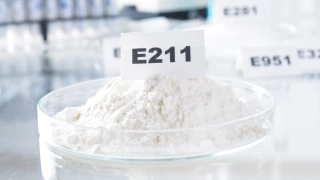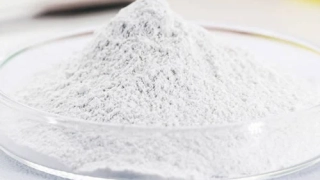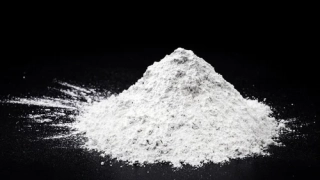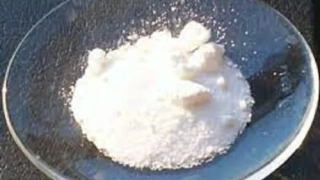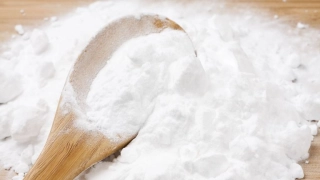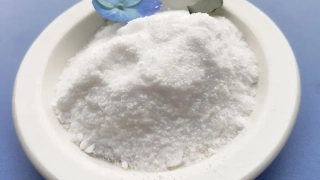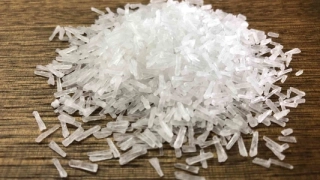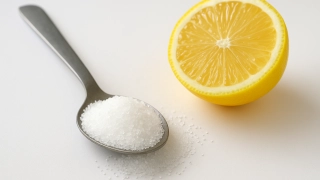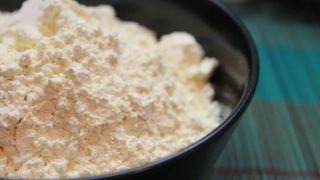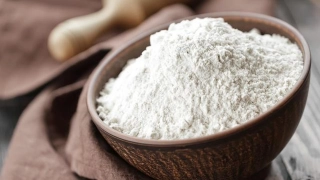Sodium Ascorbate (E301): Taste Profile, Aroma, Benefits and Health Risks
Sodium ascorbate (E301) is the sodium salt of ascorbic acid (vitamin C). It is widely used in the food industry as an antioxidant, preservative, and source of vitamin C, helping maintain freshness and prevent discoloration in a variety of products.
Sodium ascorbate is generally safe for the majority of consumers. Allergic reactions are extremely rare. However, very high intake may not be suitable for individuals on strict sodium-restricted diets.
What does Sodium Ascorbate (E301) taste like?
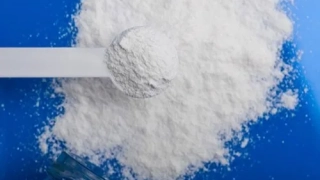
Complete Sensory Description:
-
Taste: Sodium ascorbate has a mildly tart and slightly salty taste, less acidic than pure ascorbic acid. In foods, it provides a subtle tanginess without overwhelming sharpness.
-
Aroma: The compound itself is nearly odorless, with no significant impact on food aroma.
-
Texture: Appears as a fine, white crystalline powder, dissolving easily in water. In finished products, it does not affect texture or mouthfeel.
-
Appearance: Pure sodium ascorbate is a white to pale yellow powder, completely invisible in diluted or processed foods.
In-depth Flavor Analysis:
Sodium ascorbate imparts a gentle acidity and faint salinity, enhancing freshness and stabilizing natural colors—especially in meat, beverages, and fruit products. As an antioxidant, it prevents the development of off-flavors and oxidative rancidity. Its sodium component tempers the acidity, making it less sour than ascorbic acid and suitable for products where a less pronounced tang is desirable. The subtle, refreshing note can brighten flavors without dominating the sensory profile.
Varieties and Culinary Applications:
Used in cured meats, beverages, fruit preserves, bakery products, and baby foods, sodium ascorbate helps maintain color and extends shelf life. It also enhances the nutritional profile by adding vitamin C. In processed meat, it reduces nitrosamine formation, contributing to both safety and product appeal. Home use is rare, as it is mainly found in commercial formulations.
Selection and Storage:
Sodium ascorbate for food use is supplied as a crystalline powder in airtight packaging. Store in a cool, dry place away from moisture and light. When stored properly, it retains its potency for long periods without caking.

Nutritional Insights:
Sodium ascorbate provides both sodium and vitamin C. It is an effective way to fortify foods with vitamin C and offers antioxidant protection. For those limiting sodium intake, awareness of total consumption is advised, although the sodium contribution is minor in typical dietary amounts.
Expert Insights & Culinary Tips:
Food technologists appreciate sodium ascorbate for its dual function as a preservative and color stabilizer. It is favored over ascorbic acid in applications where a less acidic taste is required. Chefs working with meats or fresh-cut fruit value its ability to maintain natural color and prolong freshness.
Interesting and Curious Facts:
Sodium ascorbate is used in both food and pharmaceutical industries. In meat processing, it helps prevent the formation of potentially harmful nitrosamines when combined with nitrite curing agents. Its low acidity has led to its use in vitamin C supplements for sensitive stomachs.
Harm and Dietary Considerations:
Sodium ascorbate is safe for most consumers at standard concentrations. Overconsumption may lead to excessive sodium intake, especially in those on sodium-restricted diets. Large doses of vitamin C may also cause digestive discomfort. There are no known allergenic concerns for this additive.
Religious Dietary Considerations:
Sodium ascorbate is acceptable under Halal, Kosher, and Hindu dietary standards, as it is synthetically produced and does not involve animal-derived ingredients.
Final Thoughts & Sensory Journey:
Sodium ascorbate (E301) gently brightens flavors and protects freshness, offering a balanced tang and reliable antioxidant action with minimal impact on taste or texture.
Resources:
-
Belitz, H.-D., Grosch, W., & Schieberle, P. (2009). Food Chemistry (4th Edition). Springer. ISBN: 978-3540699330 (E301)
-
Fennema, O. R. (1996). Food Chemistry (3rd Edition). Marcel Dekker. ISBN: 978-0824793546 (E301)
-
Branen, A. L., Davidson, P. M., & Salminen, S. (2001). Food Additives (2nd Edition). Marcel Dekker. ISBN: 978-0824704382 (E301)
